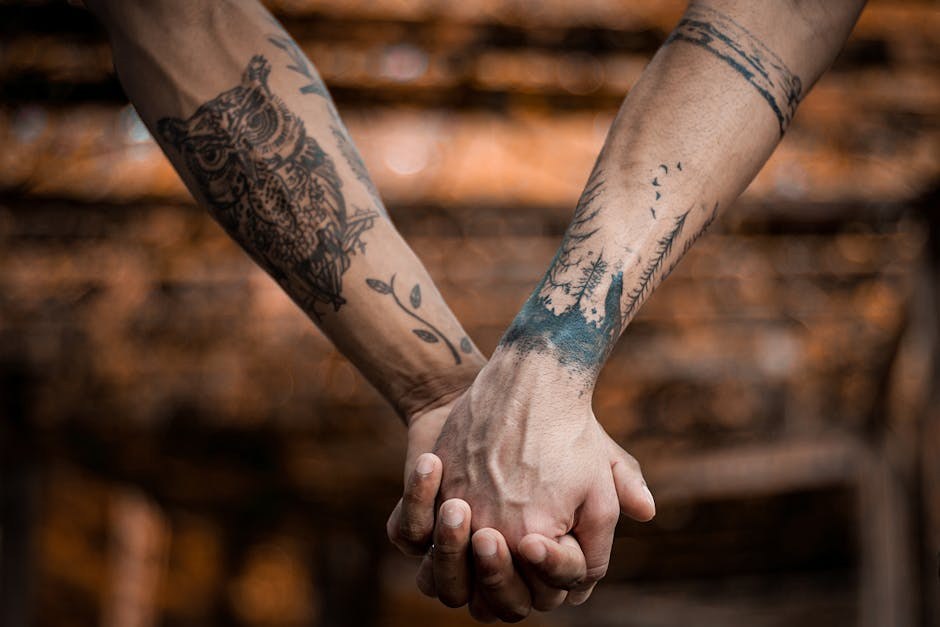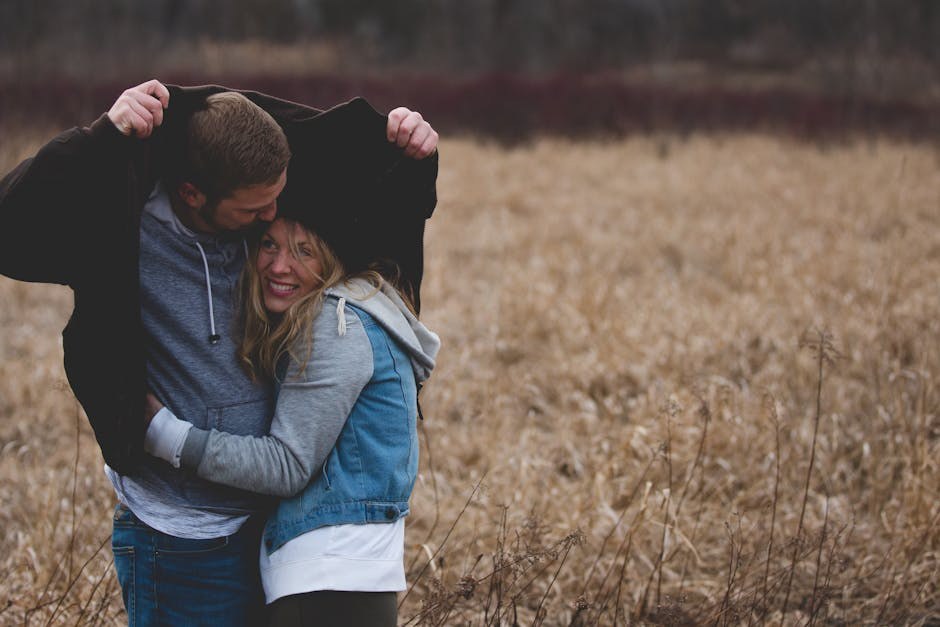At the start, everything glowed – attention, charm, affection. Over time, the glow dimmed and a knot formed in your stomach. If you’ve begun to wonder whether you’re in an abusive relationship, you’re not imagining things or being dramatic. You’re noticing patterns. The sooner those patterns are named, the sooner you can protect your safety, your dignity, and your future.
What an abusive relationship looks like
An abusive relationship is not just about bruises. It’s a dynamic in which one person dominates the other through control – emotional, physical, sexual, financial, or a mix of these. Sometimes the domination is loud and obvious; sometimes it’s quiet and calculated. Either way, an abusive relationship trains you to doubt what you feel, accept what you don’t deserve, and hand over your power piece by piece.
Control rarely arrives on day one. It often enters disguised as romance or protectiveness – surprise gifts, flattering attention, grand gestures, then little rules and subtle tests. The mask slips slowly, which is why an abusive relationship can be hard to recognize when you’re inside it. What felt like devotion becomes surveillance; what sounded like advice becomes a command; what looked like passion becomes intimidation.

How patterns take hold
Abuse is intentional. An abusive partner chooses when to be generous and when to be cruel. Early on, they may be attentive and dazzling, winning over your friends and family. Later, the same person raises their voice, sulks for days, or explodes over nothing – then “makes up” with apologies or showering affection. That cycle – harm followed by sweetness – is not proof that the relationship is improving; it’s proof that the control is working. The cycle keeps you invested and off-balance inside an abusive relationship.
Because you care, you explain away the behavior – they’re stressed, tired, insecure, “not like this with anyone else.” You wait for the better version to return. You bargain with yourself: if I try harder, if I change this one habit, if I stay calm. That is exactly how an abusive relationship steals your clarity: by making their choices your responsibility.
Why people get caught – and stay – in the cycle
Anyone can be pulled into an abusive relationship. Love opens doors, and a controlling partner walks through them. You offer trust; they collect leverage. You share dreams; they rewrite priorities. You give the benefit of the doubt; they take the benefit of your silence. You become the expert at managing their moods while losing touch with your own.

There are many reasons people stay. Fear of retaliation. Hope that the good days will last. Worry that leaving will confirm the cruel lie that “no one else will want you.” Dependence that grew while you weren’t looking – on their money, on their approval, on their version of events. None of these mean you consent to an abusive relationship; they mean you have been conditioned to survive one.
Early red flags you can notice
You don’t need a perfect checklist to trust your instincts. If several of the patterns below feel familiar, pause and consider whether you’re navigating an abusive relationship. The patterns often overlap; together they create an atmosphere of fear, confusion, and control.
-
Isolation through “concern.” You stop seeing friends, skip family gatherings, or hide parts of your life to avoid conflict. You tell yourself you’re just busy or prioritizing the relationship, yet the result is the same – you’re alone more often, and that suits an abusive relationship.

-
Control dressed up as care. You must “check in” constantly or ask permission for everyday plans. They demand your passwords or location. They call last-minute “surprises” that cancel your commitments. These are not romantic quirks; they’re the scaffolding of an abusive relationship.
-
Walking on eggshells. Your main goal becomes avoiding their anger. You monitor your tone, your clothes, even your facial expressions. If peace depends on you shrinking, you’re not in a healthy bond – you’re negotiating with an abusive relationship.
-
Gaslighting and self-doubt. You’re told you misheard, misremembered, or “can’t take a joke.” You start apologizing without knowing for what. Once you doubt your memory and feelings, an abusive relationship can rewrite reality for you.
-
Public humiliation. They tease in ways that sting, raise their voice to make a scene, or use “jokes” that land as insults. The message is clear – step out of line and they’ll embarrass you. That public stage fright benefits an abusive relationship.
-
Jealousy as accusation. Casual conversations become cross-examinations. You’re accused of cheating, flirting, or “inviting attention.” Jealousy is not proof of love – it’s a control lever used by an abusive relationship.
-
Punishment by withholding. Money disappears, affection is rationed, the silent treatment stretches for days. Withholding what you need keeps you chasing approval. That chase is a hallmark of an abusive relationship.
-
Aftershock manipulation. Following an outburst, they flood you with gifts or promises, or they sulk until you comfort them. Either way, you end up caretaking the person who harmed you – a loop that locks in an abusive relationship.
-
Physical lines crossed. A shove, a grab, a slap “in the heat of the moment.” There is no acceptable amount of violence. The first physical act is not the last – it is the warning flare of an abusive relationship.
-
Blame without end. They rarely apologize. Every problem is your fault or someone else’s. When responsibility only flows away from them, you’re dealing with the logic of an abusive relationship.
What this does to you over time
The effects are real even when there’s no visible mark. If you’ve been navigating an abusive relationship for a while, you may feel like a dimmer switch has been turned down on your life. Naming the harm helps you turn the light back up.
-
Confusion and fog. You ask “Am I overreacting?” constantly. Mixed messages and gaslighting make it hard to trust your perception. That fog benefits an abusive relationship because you’re easier to steer when you can’t see clearly.
-
Hopelessness and isolation. When your world shrinks, it’s easy to believe there’s no exit. Isolation is not an accident – it’s strategy – and it keeps you inside an abusive relationship longer.
-
Guilt and shame. You feel bad for speaking up, setting a boundary, or spending money. Meanwhile, the person choosing harm feels none. That inversion is a signal that you’re inside an abusive relationship, not that you’re a bad partner.
-
Erosion of identity. Your goals, hobbies, and opinions fade. You start to believe you can’t manage without them. Dependency is both the result and the engine of an abusive relationship.
-
Hypervigilance. Your body stays on alert – scanning for danger, bracing for the next mood swing. Even calm moments feel suspicious. That constant tension is part of how an abusive relationship takes up space in your mind.
How to leave safely
Leaving is not a single moment – it’s a process. You do not need permission to begin. The steps below reflect the same truths people discover again and again when exiting an abusive relationship: plan quietly, prioritize safety, and reclaim power in manageable pieces.
-
Acknowledge the pattern. Say the words to yourself: this is an abusive relationship. Clarity isn’t cruelty – it’s the first act of self-protection.
-
Build a discreet support circle. Choose one or two people you trust and tell them what you’re living with. Ask for practical help – a spare bed, a ride, a place to store essentials. Secrecy protects your safety, not the abusive relationship.
-
Gather vital documents and essentials. Identification, bank cards, medications, keys, a change of clothes, proof of residence. Move copies to a safe place. Quiet preparation reduces the leverage of an abusive relationship.
-
Choose a safe destination. A friend’s or family member’s home, or a new place lined up in advance. Know how you’ll get there and when – predictable routines make it easier to slip the net of an abusive relationship.
-
Create safety routines. Establish a code word with allies to signal danger. Keep a “go” bag ready. If possible, use a phone or email your partner cannot access. These small systems weaken the grip of an abusive relationship.
-
Time your exit and bring allies. If you need to collect belongings, don’t go alone. Ask trusted people to be present. If you feel unsafe, contact local law enforcement to stand by while you leave. You’re not “making a scene” – you’re stepping out of an abusive relationship.
-
Set non-negotiable boundaries afterward. Block numbers, remove from social media, and decline meetings “for closure.” No contact is not petty – it’s oxygen after an abusive relationship.
-
Reclaim daily power. Make small decisions that are entirely yours – what you wear, what you eat, how you spend a free hour. Each small choice reroutes your life away from an abusive relationship.
-
Seek skilled support. A therapist or counselor can help you make sense of the manipulation you endured and rebuild trust in yourself. Processing the experience is part of closing the chapter on an abusive relationship.
-
Rebuild connection and joy. Spend time with people who see you clearly and wish you well. Return to hobbies you set aside. Joy is not frivolous – it’s proof that you’re living beyond an abusive relationship.
Stop it early when you can
The first cutting remark, the first slammed door, the first grab of your wrist – these moments matter. Naming the disrespect immediately and holding a boundary can save you months or years. If your “no” is met with rage, sulking, or retaliation, believe what you see. That isn’t a rough patch; it’s the opening scene of an abusive relationship. Do not apologize for drawing a line. Do not trade your safety for someone else’s comfort.
A final note on safety and self-worth
You are not responsible for another person’s choices. You didn’t cause the harm, and you can’t cure it by being more patient, more perfect, or more forgiving. Some people choose control over connection – and when they do, your safest option is distance. If you’re already out, keep going. If you’re still in, remember that standing up for yourself today makes it easier to stand taller tomorrow. The story you’ve been living inside an abusive relationship is not the story you must keep living. You get to write a different one – on your terms, at your pace, with people who treat you with care.
If your inner voice is whispering that something is wrong, listen. If your body is tense around the person who claims to love you, listen. If friends look worried when they see how you’re treated, listen. You are allowed to choose peace. You are allowed to choose safety. And you are allowed – always – to walk away from an abusive relationship.